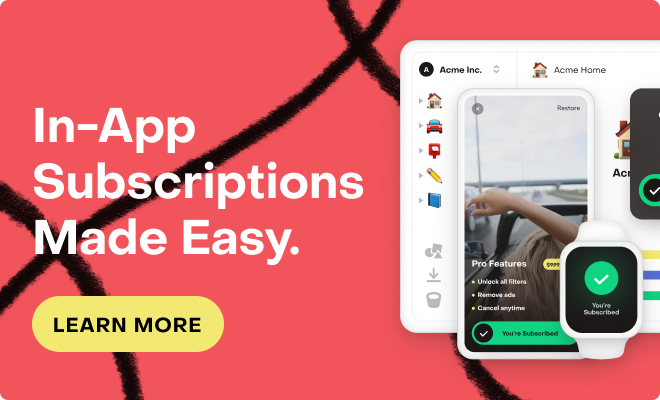I am using Jetpack Compose in my Android app. I have created a composable screen in which based on the user (Free or Premium), I show the paywall. Now, when the user makes a successful purchase, my composable screen is getting dismissed automatically. I am using the below code if the user is not premium.
1PaywallDialog(2 PaywallDialogOptions.Builder()3 .setOffering(currentOffering)4 .setFontProvider(CustomFontProvider(RobotoFontFamily))5 .setDismissRequest { onNavigateUp() }6 .setListener(7 object : PaywallListener {8 override fun onPurchaseCompleted(9 customerInfo: CustomerInfo,10 storeTransaction: StoreTransaction11 ) {12 onPurchaseOrRestoreCompleted()13 }1415 override fun onRestoreCompleted(customerInfo: CustomerInfo) {16 onPurchaseOrRestoreCompleted()17 }18 }19 )20 .build()21 )Now, the problem is once the purchase is done, I am updating the user status from free to premium and based on that I want to show the plan information and other details on the same screen. But, as soon as the purchase is done, the user is redirected back to the previous screen. I don’t want that behavior.
Is this possible or am I missing something?





